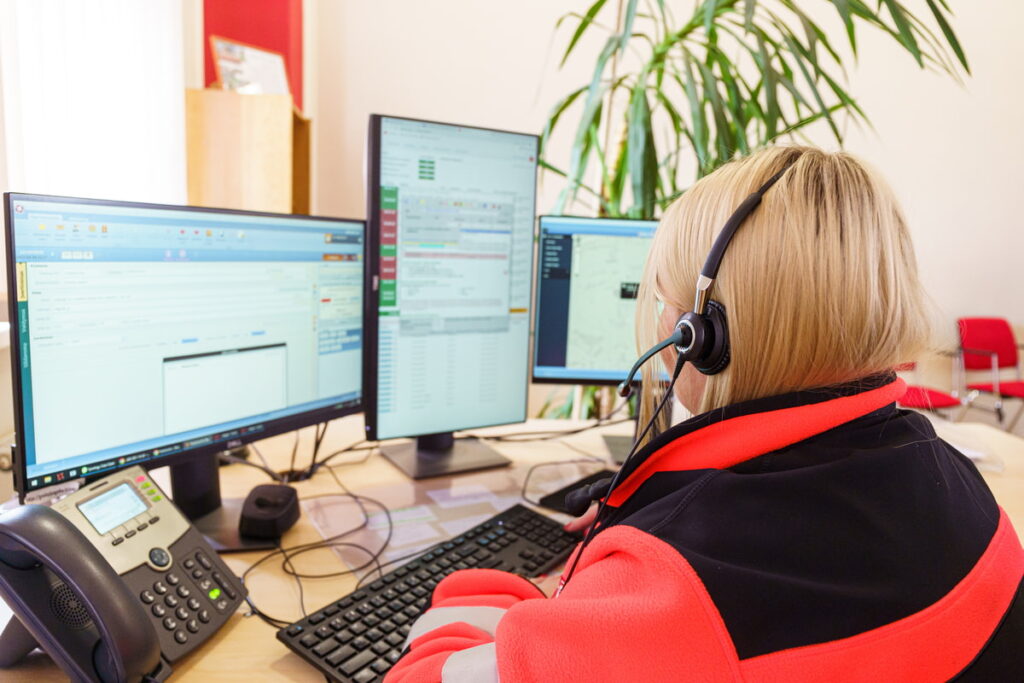
Guest post by Farnoush Davoudi, mother of an Autistic girl.

I write these words with a heavy heart, deeply shaken by the recent tragic shooting of an autistic teen by police in British Columbia. This heartbreaking incident has left a family shattered and a community in mourning. It serves as yet another painful reminder of the work still left to be done. First responders must undergo thorough, compassionate, and effective training in understanding and interacting with autistic individuals. A lack of awareness and misunderstanding should never cost a life.
No parent should have to fear that a routine encounter with police could turn into a life-threatening situation simply because their child communicates or behaves differently. We already know that teaching our autistic children how to interact with police isn’t enough, and we cannot afford to wait for systemic change to happen. That leaves many of us asking—what else can we do?
A Personal Experience: Building a Partnership with Police
A few years ago, for my daughter, A, school was just another place to plan her next escape! One freezing February day, she walked four blocks to the nearby beach for a solo polar bear swim. Her educational assistants (EAs) immediately called 911 and the school, which then called me. The school staff and I arrived within minutes and found A and her EAs waist-deep in icy water. We wrapped the three drenched, shivering figures in blankets, preparing to drive them back to school.
But there was a bigger problem—the police never showed up. Even 30 minutes after the 911 call, no one had responded.
A Meeting with Police and a Game-Changing Plan
Following this incident, the school district and I met with the local police department’s Youth Liaison Officer to discuss what had gone wrong. We discovered that the 911 dispatcher had not recognized the beach incident as an emergency, so no patrol was sent. To prevent this from happening again, we established a system of keywords—A’s full name, nickname, school name, and “Autism”—so that future 911 calls about her would automatically be flagged as urgent.
From A’s frequent neighborhood adventures, we knew that police support would be needed at times, but we didn’t want them to do what they were trained to do—like using handcuffs or placing A in a police car. Instead, the local police department agreed to a new approach: rather than physically intervening, officers would create a “safe bubble” around A. They would stop traffic, redirect pedestrians, and block nearby building entrances while her support team applied pre-planned strategies to guide her back to safety.
From that point on, whenever we needed police assistance, they responded immediately, followed the plan, and ensured A’s safety—without unnecessary distress.
The Power of Self-Identification
During that meeting, I was asked to create a self-identification brochure with essential information about A. The goal was to help officers recognize and understand her needs in case they ever needed to assist her.
A few weeks after I sent the brochure to the police department, something remarkable happened. A was practicing “safety during walks” farther from school than usual, and I was waiting nearby with one of her EAs. Suddenly, a patrolling police car pulled over. The officer rolled down the window and asked, “Where is A?” Then, he added, “Why didn’t you call us if she’s walked this far from school?”
The brochure had worked even better than we had imagined—not only were the police aware of A, but they were actively looking out for her. They knew her so well that they even recognized me, my car, and her EAs!
Mental Health Cars: A Vital Resource
We still had a problem. What if something happened during a school outing outside our local police department’s jurisdiction? The RCMP or another police force might handle the situation differently—possibly relying on physical intervention.
That’s when we learned about a valuable resource: the Mental Health Car program (known in different cities as Car 87, 88, 67, or 22). These vehicles are staffed by police officers trained in mental health crisis intervention and a psychiatric nurse. They use non-threatening intervention methods to reduce stress and the risk of harm. They also approach situations without sirens or flashing lights, which can be overwhelming for autistic individuals. If you ever need emergency support, you can request a Mental Health Car by calling 911.
Last December, I personally witnessed how an officer from a Mental Health Car handled a crisis involving an autistic teen. He was calm, patient, and effective—de-escalating the situation with skill and empathy.
What Can You Do?
While we, as members of the autism community, must continue advocating for comprehensivepolice and first responder training, I also encourage each of you to engage with law enforcement on a personal level. Building these connections can foster a more understanding and supportive environment for your children. Taking proactive steps, such as voluntary identification, can further enhance their safety.
Here’s how you can get started:
- Create a self-identification brochure with key details about your child.
- Call your local police department’s non-emergency number to explain the need for this information to be on file.
- Ask if they have special needs registries or community safety programs for at-risk individuals.
- Request a meeting with the Community Liaison Officer or Youth Liaison Officer to discuss your child’s specific needs and the best response plan.
All we want is a safer world for autistic individuals—one whereunderstanding, not fear, shapes interactions with other community members including the police. These individual strategies can help, but they are not a replacement for real, systemic change. We must keep demanding comprehensive autism and disability training for first responders. Every autistic person deserves to be met with care, not harm. Let’s continue this fight—because their lives depend on it.
What to Include in a Self-Identification Brochure
Free Resources for First Responders (and Other Community Members)
If you know someone in law enforcement or another first responder role, consider sharing this free training series with them!
The CAN Learning Hub, launching this April, offers online courses designed to help community professionals—including first responders—better understand and support autistic individuals. Spread the word!